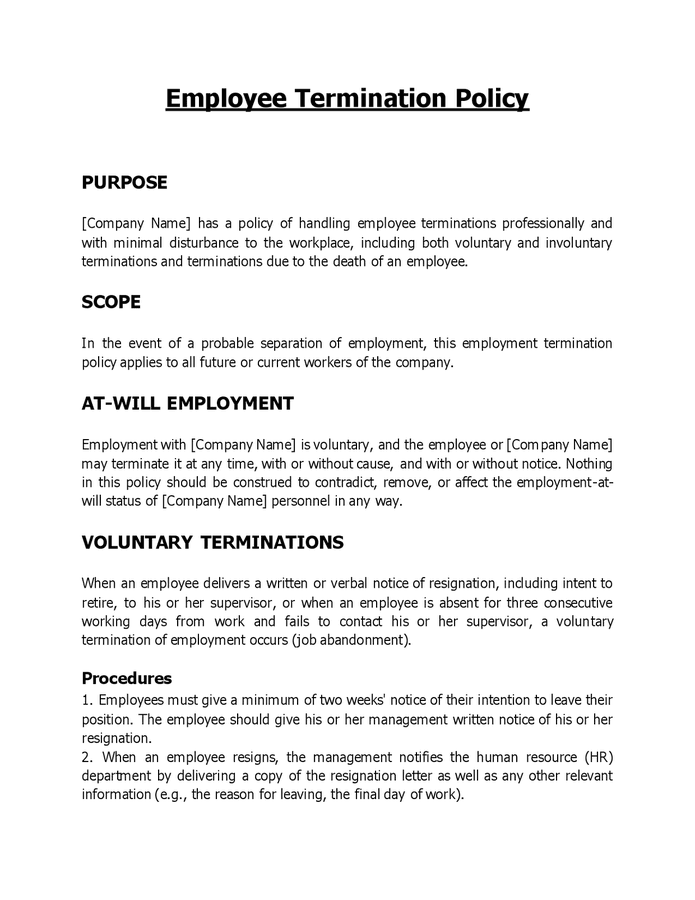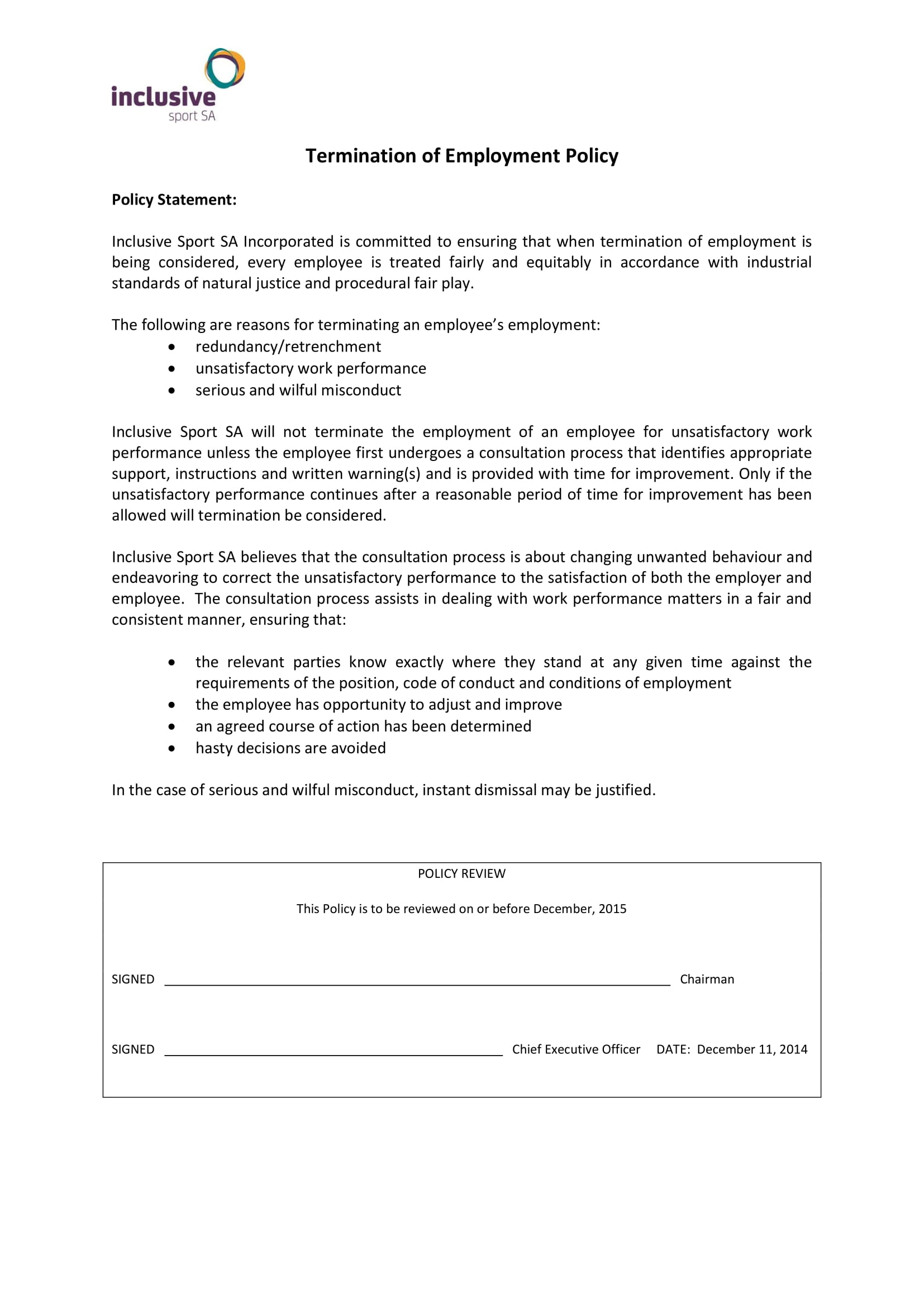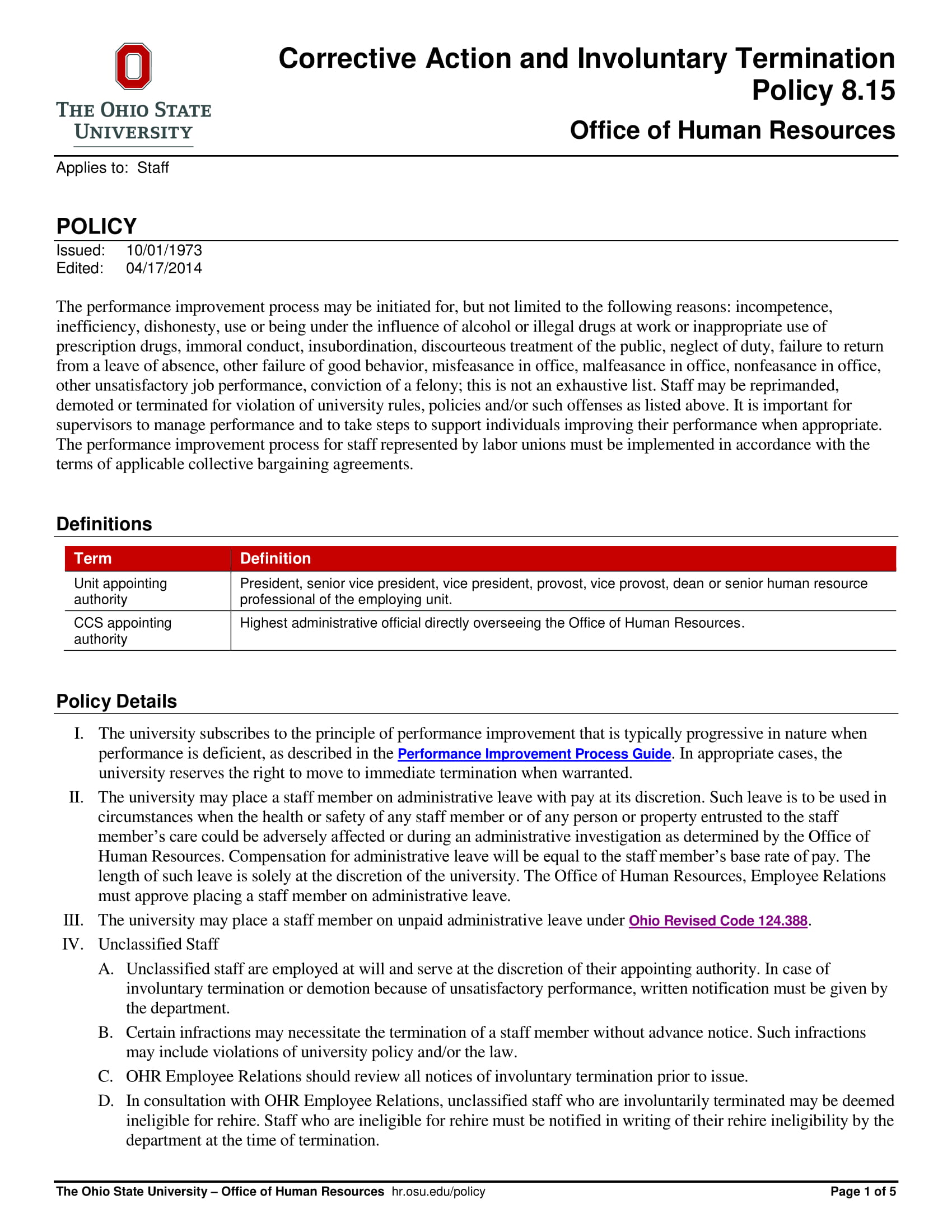
The Unraveling of Sovereignty: America’s Disastrous Termination Policy
In the mid-20th century, as America grappled with post-war prosperity, Cold War anxieties, and a burgeoning civil rights movement, a sweeping and ultimately devastating policy reshaped the lives of Native Americans. Known as the Termination Policy, this federal initiative sought to unilaterally end the special relationship between federally recognized Native American tribes and the U.S. government, dissolving tribal sovereignty, liquidating communal landholdings, and assimilating Indigenous peoples into mainstream American society. Far from being a benevolent act of liberation, Termination proved to be a catastrophic experiment that inflicted immense social, economic, and cultural damage, leaving a legacy of distrust and trauma that echoes to this day.
The Roots of Assimilation: A Troubled History
To understand Termination, one must first grasp the long, often contradictory history of U.S. Indian policy. From the earliest colonial encounters, American policy oscillated between forced removal, treaty-making (often broken), and various forms of assimilation. The 19th century saw the infamous "Trail of Tears" and the establishment of the reservation system, ostensibly to protect Native lands but also to control and contain Indigenous populations.

The late 19th century brought the Dawes Act (General Allotment Act of 1887), a landmark piece of legislation that aimed to break up tribal communal lands into individual allotments. Proponents argued it would encourage farming, private property ownership, and "civilize" Native Americans. In reality, it led to the loss of two-thirds of the remaining tribal land base (from 138 million acres in 1887 to 48 million by 1934) as "surplus" lands were sold off to non-Natives, and many individual allotments were lost through taxation, fraud, or an inability to manage them.
A brief respite came with the Indian Reorganization Act (IRA) of 1934, championed by John Collier, Franklin D. Roosevelt’s Commissioner of Indian Affairs. The IRA, often called the "Indian New Deal," reversed the allotment policy, encouraged tribal self-governance, and sought to revitalize Native cultures. It was a period of limited but significant progress, yet its paternalistic elements and the U.S. government’s continued ultimate authority over tribal affairs laid the groundwork for future interventions.
The Post-War Shift: A New Era of "Freedom"
The seeds of Termination were sown in the years following World War II. A conservative shift in Congress, fueled by a desire to reduce federal spending and a persistent belief in the "melting pot" ideal, began to view the federal government’s trust responsibility to Native Americans as an anachronism. Influential figures argued that maintaining a separate status for Native tribes was discriminatory and that Indigenous peoples should be "freed" from federal wardship and integrated into American society like any other ethnic group.
Senator Arthur V. Watkins of Utah, a powerful voice in this movement, became a leading architect of Termination. He famously declared, "The time has come when the American Indians must assume the full responsibilities of citizenship without special federal protections or services." This sentiment, while superficially appealing as a concept of equality, ignored the unique legal and historical relationship between tribes and the U.S. government, founded on treaties and inherent sovereignty. It also conveniently overlooked the vast economic disparities and lack of infrastructure on many reservations, which made "self-sufficiency" a cruel joke for many.
Dillon S. Myer, who had previously overseen the internment of Japanese Americans during WWII, was appointed Commissioner of Indian Affairs in 1950. His tenure saw a significant push towards the "gradual liquidation of the Bureau of Indian Affairs" and the implementation of policies designed to dismantle the federal-tribal relationship.
The Legislative Hammer: HCR-108 and Public Law 280
The Termination policy officially gained momentum with the passage of House Concurrent Resolution 108 (HCR-108) in August 1953. This resolution, though not legally binding in itself, declared Congress’s intent to terminate federal supervision over Native American tribes "as rapidly as possible" and to eliminate the Bureau of Indian Affairs. It identified specific tribes for immediate termination, based on criteria like "progress toward assimilation" and economic viability, often without meaningful consultation or consent. This was a clear repudiation of the IRA’s principles of self-governance.

Immediately following HCR-108, Congress enacted Public Law 280 (PL-280), also in August 1953. This law unilaterally transferred civil and criminal jurisdiction over Indian lands from the federal government to state governments in six "mandatory" states (California, Minnesota, Nebraska, Oregon, Wisconsin, and later Alaska) and allowed other states to opt-in. PL-280 was a massive blow to tribal sovereignty, as it stripped tribes of their inherent authority to govern their own internal affairs and administer justice within their territories. It often led to confusion, underfunded state services on reservations, and a disregard for tribal customs and legal traditions.
These legislative actions were accompanied by other programs aimed at facilitating assimilation:
- Relocation Program: Initiated in 1952, this program encouraged Native Americans to move from reservations to major urban centers (like Los Angeles, Chicago, Denver, Cleveland) with promises of jobs, housing, and vocational training. While some individuals found opportunities, many encountered racial discrimination, poverty, and cultural alienation, cut off from their traditional support systems. The program, ironically, led to the formation of new urban Indian communities but often under conditions of significant hardship.
- Indian Claims Commission (ICC): Established in 1946, the ICC was intended to resolve historical land claims by tribes against the U.S. government. While seemingly a step towards justice, the ICC’s primary aim, under the Termination ethos, was often to "clear the books" of federal obligations. Settlements, usually monetary, were often meager compared to the value of the lost lands, and tribes had to relinquish all future claims, effectively buying out their rights.
The Devastating Impact: Case Studies in Loss
Between 1953 and 1964, Congress terminated federal recognition for 109 tribes and bands, affecting over 1.3 million acres of land and more than 12,000 Native Americans. The consequences were almost universally disastrous.
Perhaps the most well-known example is the Menominee Tribe of Wisconsin. The Menominee, with their vast timber resources, had a highly successful, self-sufficient tribal economy and even their own hospital and school system. They were considered one of the "most advanced" tribes, ironically making them a prime target for Termination, as proponents argued they were "ready" for assimilation. Terminated in 1961, the tribe’s assets were converted into a corporation, Menominee Enterprises, Inc. (MEI). Their reservation became "Menominee County."
The results were catastrophic. Without federal trust status, the Menominee lost their tax exemptions, forcing them to sell off their valuable timber lands to pay taxes. Their hospital closed, and their social services deteriorated. What was once a thriving, self-sufficient community quickly plummeted into poverty, high unemployment, and social despair. The tribe, once a model of self-governance, became dependent on state welfare programs.
Another tragic case was the Klamath Tribes of Oregon. Also rich in timber, the Klamath were terminated in 1954. Their lands were sold off, and the proceeds distributed among tribal members, resulting in significant short-term cash windfalls but long-term economic devastation. Many tribal members, unaccustomed to managing large sums of money, quickly spent it or were defrauded, leaving them with no land, no communal resources, and no trust relationship. The unique Klamath identity, tied to their land and resources, suffered immensely.
Other terminated tribes, such as various bands of Paiute, Ute, and Potawatomi, faced similar fates: loss of land, breakdown of social structures, increased poverty, and erosion of cultural identity. The policy was a forced integration that ignored the unique cultural, historical, and economic realities of Indigenous nations.
Resistance and the Dawn of Self-Determination
The failures of Termination became increasingly evident throughout the 1960s. Native American activism surged, fueled by the broader Civil Rights Movement. Organizations like the National Congress of American Indians (NCAI) and the American Indian Movement (AIM) vigorously protested the policy, highlighting the severe social and economic problems it had created. Tribal leaders, scholars, and sympathetic politicians began to expose the true costs of Termination.
By the late 1960s, a growing consensus emerged that Termination had been a profound mistake. President Richard Nixon, in a landmark speech to Congress in 1970, unequivocally condemned the policy, stating:
"The first Americans—the Indians—are the most deprived and most isolated minority group in our nation. And this is a national tragedy… The policy of termination is wrong. It is a policy that fails to recognize the importance of Indian identity, and the importance of tribal identity. It is a policy that fails to recognize the unique legal relationship between the federal government and Indian tribes. It is a policy that fails to recognize the inherent right of self-determination of Indian tribes."
Nixon’s address marked a pivotal shift from termination to self-determination without termination. This new philosophy recognized the inherent sovereignty of Native nations and advocated for tribal control over their own affairs and federal programs designed to benefit them.
The shift gained legislative traction. In 1973, after a tireless campaign by the Menominee organization, DRUMS (Determination of Rights and Unity for Menominee Shareholders), Congress passed the Menominee Restoration Act, signed into law by Nixon. This act restored the Menominee’s federal recognition and reservation status, a monumental victory that signaled the beginning of the end for the Termination era.
This was followed by the landmark Indian Self-Determination and Education Assistance Act of 1975, which empowered tribes to contract with the federal government to administer their own programs and services, rather than having them run by the BIA. It was a formal embrace of tribal self-governance and a direct repudiation of the assimilationist goals of Termination. While not all terminated tribes have been restored, the policy was officially abandoned.
A Lingering Legacy of Distrust and Resilience
The Termination Policy stands as a stark reminder of the dangers of top-down, culturally insensitive policy-making. While it officially ended decades ago, its scars run deep. Many tribes continue to grapple with the intergenerational trauma of land loss, cultural disruption, and economic hardship. The forced sale of resources, the dissolution of tribal governments, and the relocation of families created enduring challenges in health, education, and economic development.
The policy also bred a profound distrust of federal promises and intentions among Native communities, a skepticism that persists to this day. Yet, the era of Termination also forged incredible resilience. The fight for restoration and the subsequent push for self-determination demonstrated the unwavering commitment of Native peoples to their cultures, lands, and sovereign rights.
Today, the principle of tribal self-determination is a cornerstone of U.S. Indian policy, a testament to the fact that Indigenous nations are not simply ethnic groups, but distinct sovereign entities with inherent rights to govern themselves. The disastrous experiment of Termination serves as a powerful historical lesson: that true progress for Native Americans lies not in forced assimilation or the unraveling of sovereignty, but in honoring treaty obligations, respecting inherent rights, and empowering Indigenous nations to determine their own futures.


